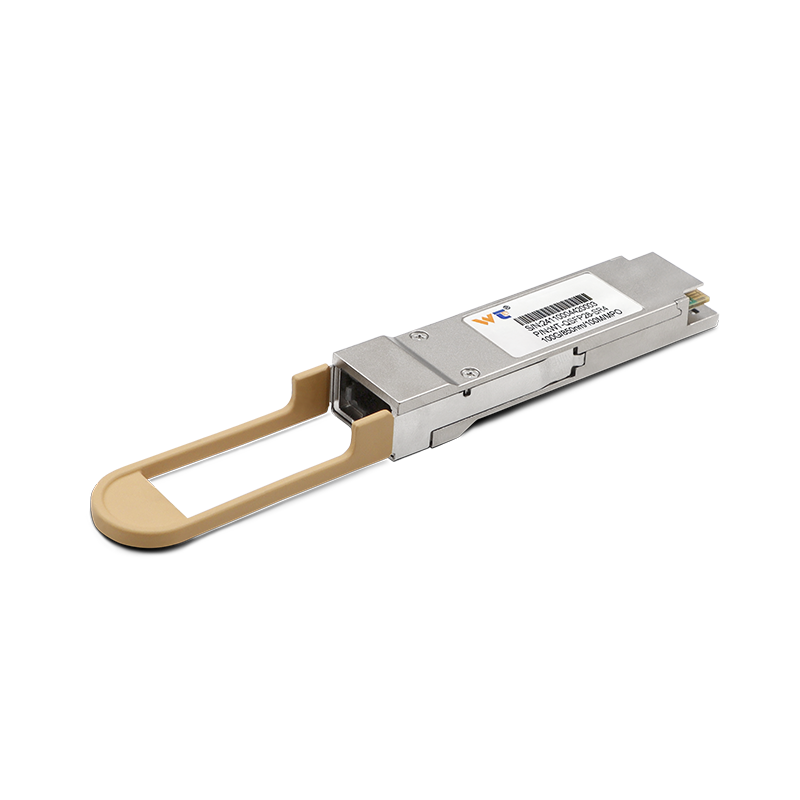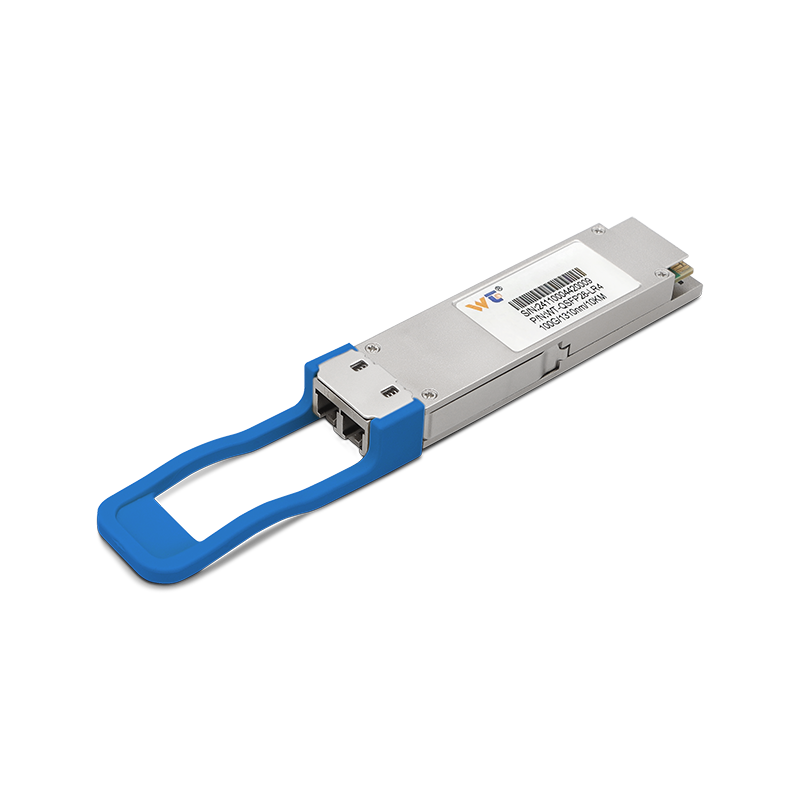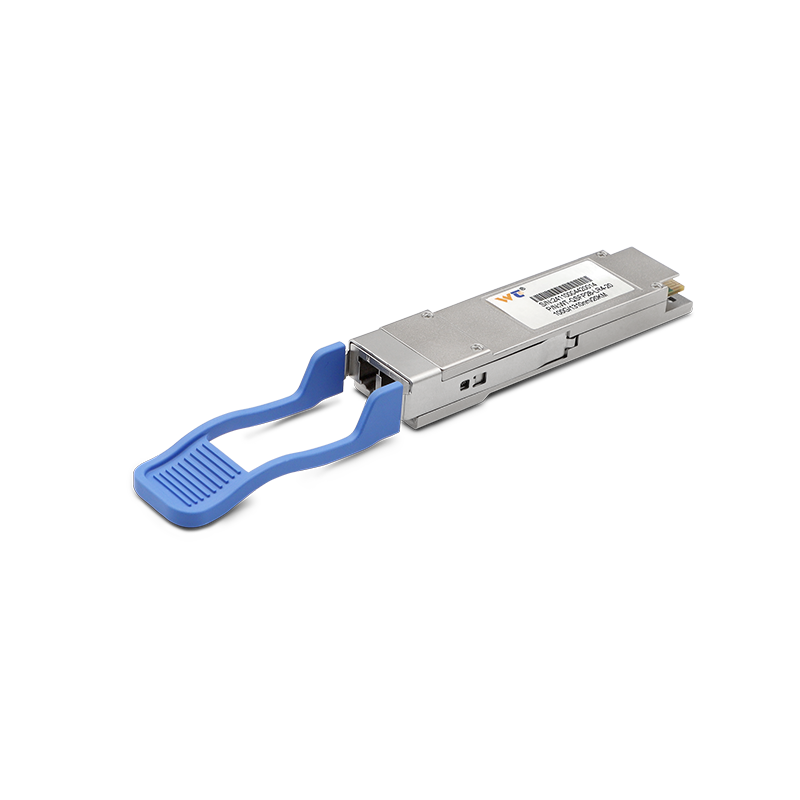In the vibrant field of network engineering, being able to configure a Layer 2 switch with multiple VLANs is more than just a technical skill; it's a necessity that shapes how efficiently and securely a network operates. Now, I get it—jumping into the weeds of VLAN configurations can seem intimidating at first, like trying to tackle a massive project without a clear plan. But trust me, once you get a handle on the fundamental steps, it shifts from a challenging hurdle to a readily conquerable task. Not only will you sharpen your technical skills, but you'll also find your confidence in managing networks skyrockets.
So, what does it actually take to configure a Layer 2 switch? It boils down to several key actions, especially when you're juggling multiple Virtual Local Area Networks (VLANs). The main goal here? To ensure each VLAN runs autonomously, yet allows for the smooth allocation of network resources. Your first step is to access the switch interface—whether that's through a console connection or SSH. Here, you'll define your VLAN IDs to set up that essential segmentation. Each VLAN will need its own IP address, which typically involves creating a VLAN interface. Next, it's all about configuring the switch ports: decide which ports belong to which VLAN and use the appropriate commands to set their access modes. Finally, don’t forget to verify your configuration with the right commands to make sure everything is up and running as it should be.
To truly grasp the nuances of this process, it's essential to understand some foundational concepts at play. VLANs allow for effective network segmentation, helping to keep traffic within the same broadcast domain at bay. When a switch gets a frame, it checks the VLAN tag to determine where to send that traffic. And then there's trunking—that's the tricky part when it comes to connecting switches handling multiple VLANs. Trunk ports are your golden ticket, letting traffic from various VLANs travel over a single physical link. Also, keep in mind the VLAN database, which serves as the repository for your VLAN IDs and settings, accessible through specific commands on the switch.
Here’s a simple rundown of what you need to do:
- Access the Switch Console: Use a console cable or SSH to get connected.
- Create VLANs: Jump in with the command
vlan [VLAN_ID]to start defining. - Assign VLAN Interfaces: Dive into the interface configuration to set those IP addresses.
- Configure Ports: Employ
switchport mode accessfor access ports andswitchport access vlan [VLAN_ID]to assign them. - Set Up Trunking (if needed): If you have multiple VLANs to juggle, configure trunk ports using
switchport mode trunk. - Save the Configuration: Make sure to use
write memoryto lock in those settings. - Verification: Run commands like
show vlan briefto check everything's configured correctly.
Now, if you're itching to level up your networking prowess, I highly recommend diving into dynamic VLAN assignment through protocols like 802.1X. This enables stricter access controls and lends some flexibility, letting VLAN assignments adapt based on user authentication. As you move forward, you might even explore automated tools that simplify managing complex networks, reducing human error in the process.
What challenges might you face while working on VLAN configurations for a Layer 2 switch?
If you follow these steps carefully, you’ll watch your networks transform into organized, efficient systems. A common concern people have when wrestling with VLAN configurations is: “What if I forget to save?” Trust me, forgetting to save can mean losing those recent changes upon reboot—definitely a lesson worth learning early on. Another thing to ponder is: why would you even need VLAN routing? Simple! It allows for devices on different VLANs to communicate smoothly while keeping the segmentation benefits intact.
Don’t shy away from practical exercises! Set up a lab, whether physical or virtual, where you can play around with these configurations. Experimenting with varied setups not only solidifies your knowledge but prepares you for the real-world challenges you might encounter.
In wrapping this up, being able to configure a Layer 2 switch for handling multiple VLANs is a game-changing skill for anyone looking to step into the world of network engineering. The groundwork you lay through this journey will open doors to diving into more advanced networking concepts. You’ve now grasped the significance of VLAN configurations and their role in network segmentation, alongside practical steps to manage them effectively. Through persistent practice, you’ll not only hone your skills but develop an ability to troubleshoot and optimize network configurations. Your expertise in configuring Layer 2 switches could truly set you apart in today’s competitive networking landscape.






